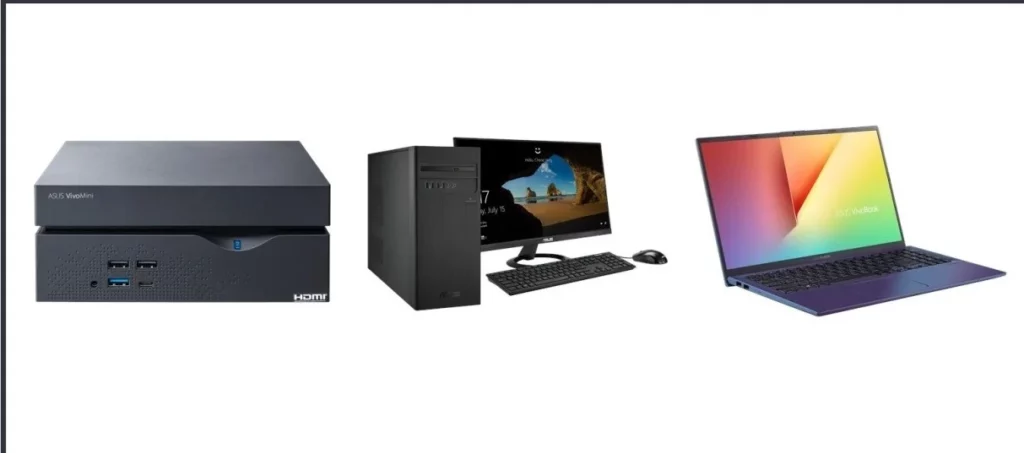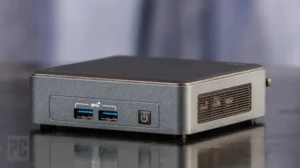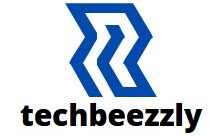
You’ve probably heard of a Mini PC. They’re compact, lightweight, and consume less power than desktop computers. But what exactly has the difference between one and the other? Read on to learn more. Ultimately, it comes down to what you’re most interested in. You can choose a stick PC for basic tasks, or a full-fledged desktop if you need more power and performance.
Mini PCs are smaller than desktop computers
While mini PCs are generally smaller than desktop computers, they still offer the same capabilities. While mini PCs do not have screens or keyboards, they have still powered by the same processor, components, and internal power. Their motherboard has also built in and mimics the same components found in regular desktop computers. As a result, mini PCs can extremely useful in a variety of settings. Here we have some examples of how mini PCs differ from regular desktop computers:
Mini PCs typically have limited connectivity. They lack a display, keyboard, or mouse, but some models have Bluetooth and USB ports. You will also want to check which peripherals can connected to the mini PC. Make sure it has an HDMI or DisplayPort port. In addition to this, you should make sure it has internet connectivity. Mini PCs may not have the same connectivity options as their desktop counterparts, so make sure you check these before purchasing.
Mini PC consume less power
A mini PC is much smaller than a desktop, which is great news for the environment. They consume less power and easier to maintain than desktop PCs. They’re also much more affordable. If you need a second PC in your home, or need to connect to the internet, a mini PC is a good choice. They also have the horsepower necessary for media production, including editing video and audio content, and handling complex digital animation. Plus, they can easily tucked away when not in use.
Mini PCs typically run on the same operating system as a desktop, so they have lower power requirements. The Intel Core i5 processor is the fastest mini PC available. It’s a good choice for work, schoolwork, and basic photo and video editing. It has a best model with at least 4GB of RAM, as this will allow you to install more software. The smallest models do not support upgrades, but they have plenty available that let you add memory and storage or an external graphics card.

Mini PC need less cooling
A mini PC’s cooling system not nearly as important as its cooling capacity. While fan-cooled PCs can generate quite a bit of noise, they have quieter. Mini PCs have less components to maintain and require less power. Because they don’t have optical drives, they require less cooling and require less maintenance. Mini PCs don’t require a battery or real-time clock, making them ideal for use in offices and medical facilities.
The cooling system on a mini PC is much smaller than that of a desktop computer, which means that the PC has cheaper and consumes much less power. It also saves disk space and requires less cooling. The lower power consumption also helps to reduce energy bills. Mini PCs also have fewer hardware specifications than a desktop PC, which means they are not as powerful. While they can still run basic applications, they are not as efficient for complex tasks, such as video editing or graphic work.
Mini PCs are lightweight
If you’re a gamer, then you’re likely looking for a lightweight PC that can play most modern games at ultra settings. Mini PCs have sufficient power and can run games like Dota 2, League of Legends, and CS:GO. The mini PC market is fierce, and finding the perfect one can take hours. One brand to look for is Zotac. They pioneered the mini PC industry and offer mini graphics cards.
These computers have also very affordable, which makes them great for people on a budget. Mini PCs have lightweight and easy to transport. Most models have compact and can fit behind a monitor. Despite their compact size, they are also capable of running various operating systems, including Windows. A mini PC is also incredibly easy to set up. You can install Windows and other programs with ease, thanks to its slender design and low power consumption.
Mini PCs are portable
A mini PC is smaller than a full-tower desktop PC and is often much cheaper than a ready-made counterpart. Most mini PCs are fully functional with a processor, motherboard, and other in-built components. They are often equipped with Wi-Fi and Bluetooth as well as a USB port. Since mini computers are so small, they can be taken anywhere you need to be. They are also very versatile – mini PCs can be used for many different tasks and can double as a digital signage player.
Mini PCs are designed with portability in mind. Whether you’re traveling for work or playing games on the road, portability is key. Even though mobile phones and tablets can offer some processing power, a mini PC has more convenient and allows you to stay productive when you’re on the go. A mini PC can easily mounted on a keyring for easy transport and can used with any monitor. A portable computer has also great for people who need to do a lot of word processing or aren’t an avid gamer.
Mini PC can be tucked away easily
A mini PC is a computer that can fit in a small space. They can as small as a jewelry box or novel box and still offer the power of a full-sized desktop PC. They can easily changed out and hooked up to any screen, and they have also much more affordable than their desktop counterparts. Plus, many mini PCs are energy efficient. That means they will save you money on electricity.
A mini PC is not too big, taking up minimal desk space. The Acer Revo One takes up just four square inches on a desktop and can mounted on the rear of your monitor. Unlike a regular desktop PC, it has a VESA mounting plate, which is commonly used to attach monitors to the wall. A mini PC is an excellent choice for any space-constrained workplace.
